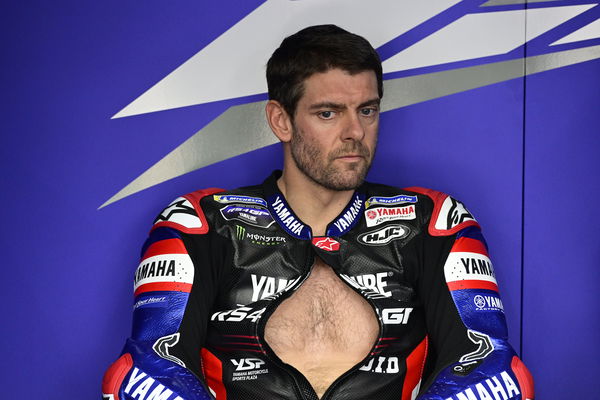Francesco Bagnaia won the Spanish MotoGP with an illegal bike
It has been revealed that MotoGP teams are running illegal tyre pressures to gain an unfair advantage over the competition.
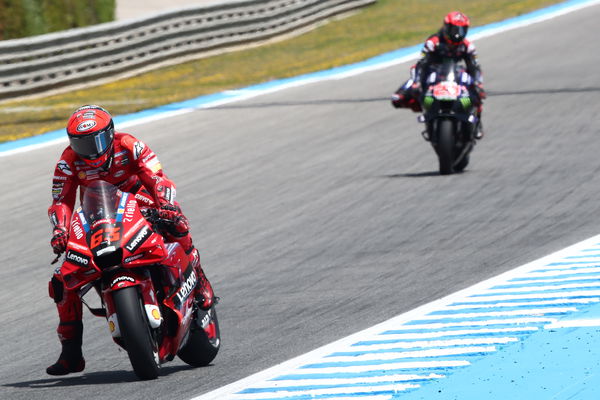
Mat Oxley has published a story in Motor Sport Magazine today that reveals how MotoGP teams have been running illegal tyre pressures.
Front tyre pressures in MotoGP are vital, because, as Oxley writes in his Motor Sport Magazine piece, the front tyre dictates entry, mid-corner and exit speed.
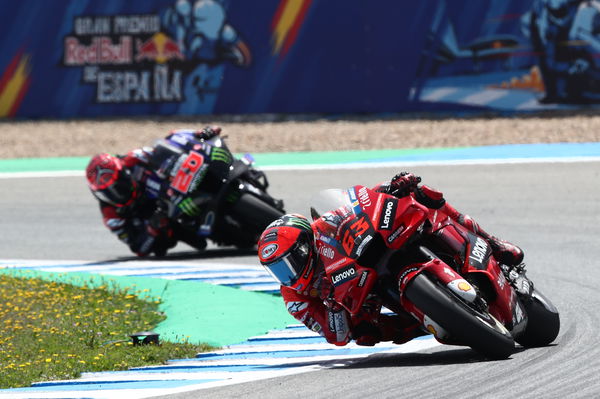
The Michelin front tyre has proved to be especially temperamental since the French brand became the official MotoGP tyre supplier in 2016. In its whole time as MotoGP tyre supplier, Michelin has faced criticism from riders about the front tyre in one way or another. In some cases, the front tyre has been criticised for being too weak compared to the rear and lacking support in hard braking; while in other cases it has been criticised for being inconsistent, with many riders complaining over the years that they had been given defective tyres from Michelin.
In the Paddock Pass Podcast after the Spanish Grand Prix, which was won by Francesco Bagnaia for Ducati, David Emmett said that Brembo had seen 10% improvements in braking performance from one year to the next in recent years. Emmett said that a more normal improvement is one per cent from one year to the next.
This means that more force than ever before is being put through the front tyre. This is amplified by the recently-introduced rear ride height devices, which not only increase acceleration, but also improve front loading under braking. When the rear suspension pops back up at the end of a long straight, the weight transfer to the front is more significant than without the rear ride height device. So, riders are braking later and harder, and the weight transfer to the front tyre is also more severe than in the past.
As a result, the Michelin front tyre - which was supposed to be updated in the past few seasons but such updates were delayed due to the Covid situation, and then by supply chain issues - is coming under increasing stress.
That increase in stress is making it increasingly difficult to get the front tyre in the right temperature and pressure range. Throughout the weekend in Jerez, talk was of the difficulty in passing at the Spanish track, as managing the front tyre pressure became more difficult when behind another rider. Indeed, we saw little passing in Andalucia, and Fabio Quartararo spent much of the race at a distance from Bagnaia where his front tyre would not be so badly affected by the hot air coming from the Ducati.
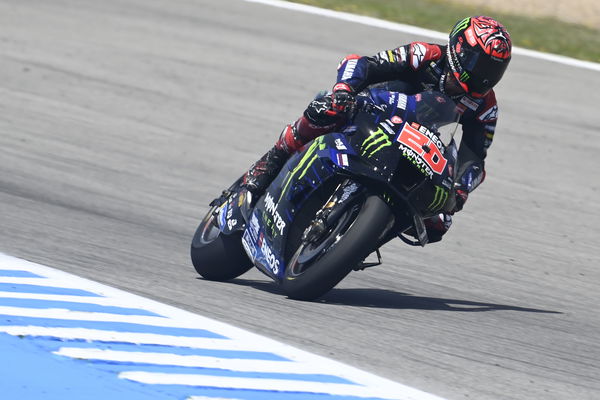
When a rider gets close to another, the front tyre pressure increases. This has had dramatic effects on, in particular, Fabio Quartararo in the past. In Sepang in 2019, Aragon in 2020, and even Aragon last year, Quartararo’s race was conditioned by being behind other riders, which meant he was unable to manage the front tyre temperature and pressure, which meant he could not turn the bike.
It therefore makes sense that teams would try to run the front tyre pressures as low as possible, not just to increase the contact patch and therefore grip, but also to try to minimise the effect of the tyre pressure increase.
And, how much should a team lower the pressure by? The answer is the same as any other competitive engineering question: as much as they can get away with.
Oxley’s Motor Sport Magazine article reveals that MotoGP teams have a ‘gentleman’s agreement’ with the MSMA and Michelin to not disclose the details of any breaches of tyre pressure regulations. Those regulations exist to try to ensure that the MotoGP tyres are not run dangerously low by teams, as a pressure that is too low can result in the tyre failing.
It is also shown in the article that Francesco Bagnaia, the winner of the Jerez MotoGP race, was one of the riders to run an illegal pressure in the race. The regulations state that a rider must not be below the pressure limit for more than 12 laps of a race, but Bagnaia remained below it for all 25 laps. His fellow Ducati rider, Jorge Martin, was below it for 24 of 25 laps and, considering he crashed while in the group on the first lap, it might not be such a jump to suggest that the one lap he was above the tyre pressure limit was the one in which he crashed.
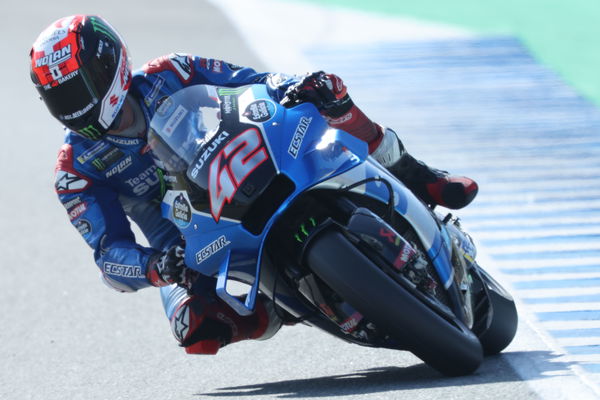
Alex Rins was only above the minimum tyre pressure for 11 laps. The Suzuki rider lost the front at turn 11 on lap nine, after which he rode almost always alone. After his excursion into the gravel, Rins’ pace was better for a few laps, before tyre wear began to play a role, and he probably began to realise that he was not going to make the points. Perhaps it was only the first 11 laps where Rins’ tyre pressure was above the limit, and once he got out of the hot air, it started to cool down, and the pressure began to drop.
Ultimately, it is difficult to tell, and, as Oxley’s source for the information said to him, there is not possibility to go back and change the results of old races where the ‘gentleman’s agreement’ has been in place, because you would end up having to re-award race wins, podiums and championships years after the fact. Therefore, there is also no possibility to penalise Bagnaia for his Jerez win.
However, it is clear that the situation needs to be resolved. In WorldSBK, riders are chosen at random for tyre pressure checks on the grid before every race. Anyone below the minimum limit must go to the pitlane, legalise the pressure, and start from the back.
This is a story that is likely to continue until the regulations are properly enforced by the FIM. Until they are, it becomes difficult to take anything we see in MotoGP particularly seriously.

